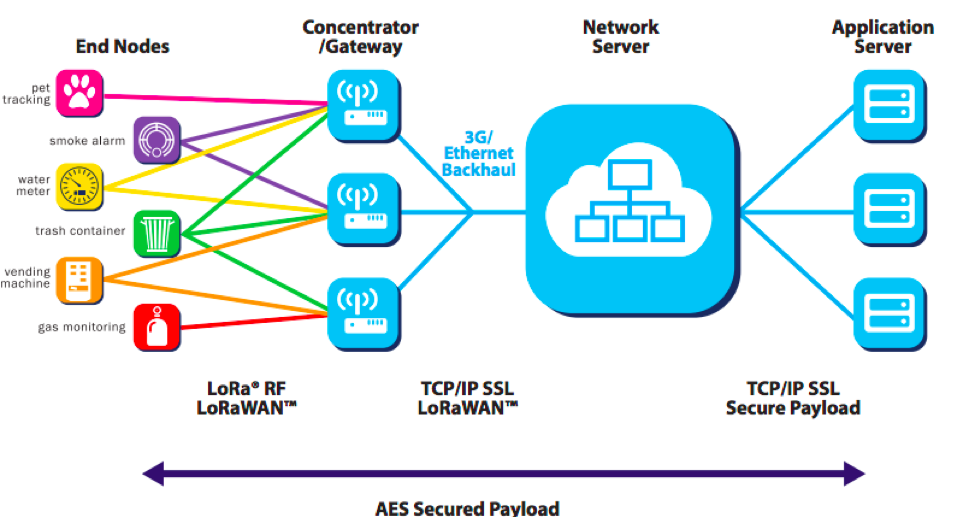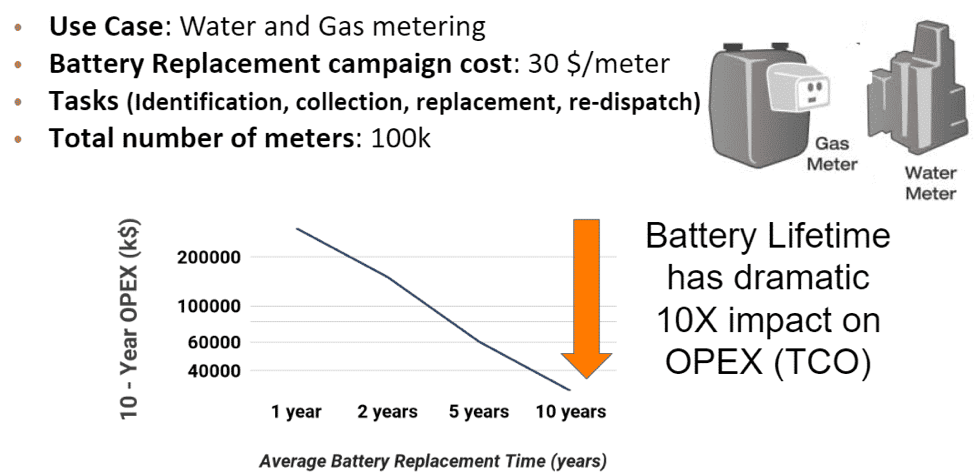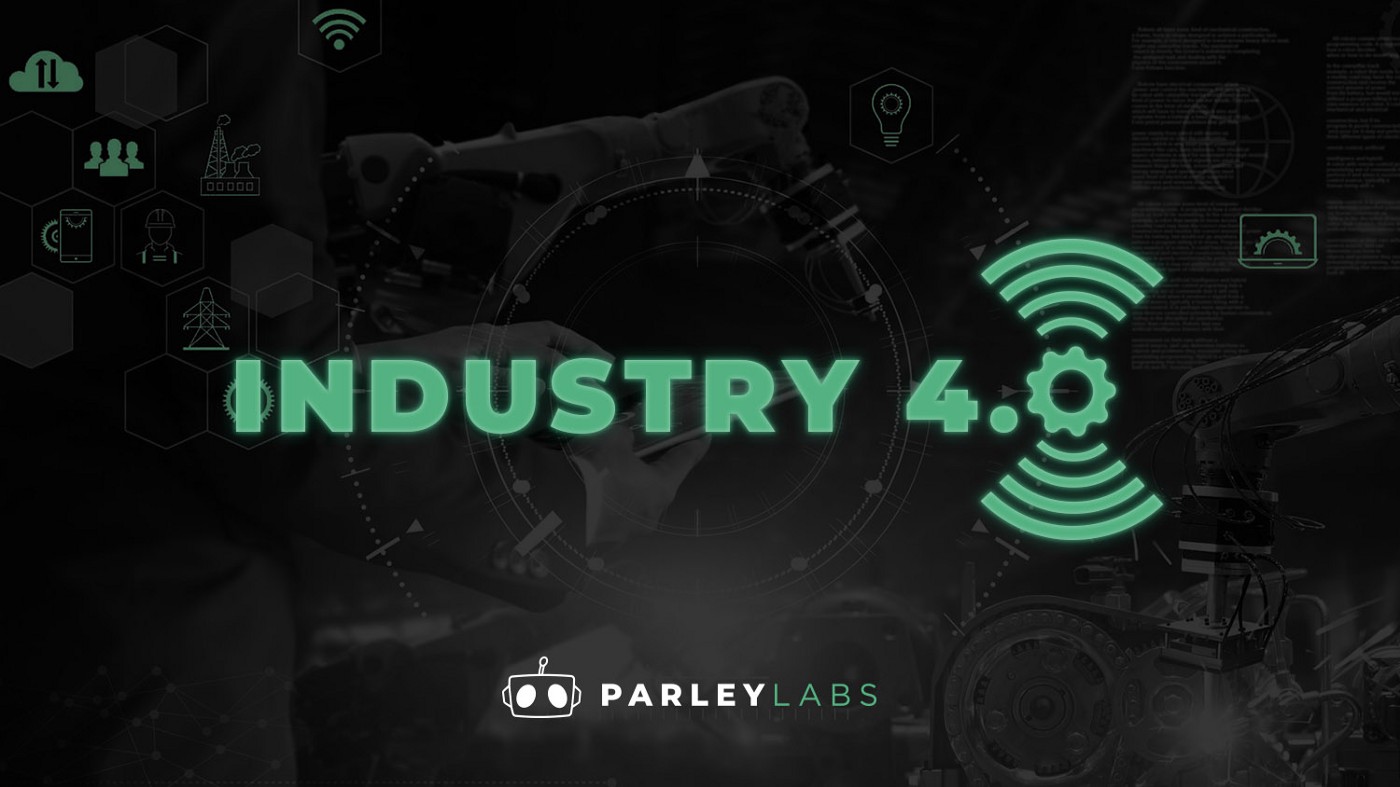How LoRaWAN is leading the way for Industry 4.0
LPWAN (low-power wide area network) IoT devices are starting to standardize and push the next wave of IoT adoption, partially because they leverage and are built on the relatively new industry standard, LoRaWAN*. LoRaWAN-built technology provides mass deployments of IoT with low-energy device solutions. International standardization, major partnerships, and mass adoption are major trends influencing IoT deployments. LoRaWAN networks like the Helium Network provide vast coverage worldwide, allowing IoT solutions to be deployed at breaking speeds without the need to invest heavily in costly infrastructure.
There are many variables that need to be considered when deploying IoT solutions. These include:
- Infrastructure costs
- Sensor hardware costs
- Integration complexity
- Maintenance costs
Infrastructure Costs
With networks like the Helium Network, IoT companies can enter new markets with very little to zero infrastructure costs, enabling go to market strategies that never before existed. For example, a farm deploying smart agriculture solutions traditionally needed to set up their entire infrastructure. With large public networks, like the Helium Network or The Things Network, and LoRaWAN Roaming capabilities, organizations can cut the costs of setting up and maintaining the infrastructure and focus on the solutions. There are three types of networks that are enabled with LoRaWAN:
Public Operator Network
In this traditional model, the operator invests in a regional or nation-wide network and sells connectivity services to its customers. With the launch of the Helium Network, a public network is built out both by individuals and enterprises.
Private/Enterprise Network
In this model, enterprise customers typically set up LoRaWAN gateways on premise (e.g. an airport). These networks are either managed by an operator or use their own LoRaWAN network platform.
Hybrid Model
This is difficult with other competing LPWA technologies or Cellular IoT. This is due to licensed spectrum and absence of roaming/peering model between private and public networks. In a hybrid model, an operator provides light coverage, but different stakeholders, such as private enterprises or individuals, help in densifying the network further based on their needs on their premises via managed networks. This model enables a win-win private/public partnership in sharing the costs and revenues from the network and densifies the network where the applications and devices are most present. What Helium is doing is taking advantage of this model both on its own network and in Roaming partnerships.
Sensor Hardware Costs
Generally the costs of LoRaWAN devices are 2–10x cheaper than the alternatives in the LPWAN space including those of NB-IOT, LTE-M and Sigfox. At scale this cost reduction can add up to significant cost savings operationally. The cost savings extend beyond the initial capital expenditures because of the longevity and substantially reduced maintenance costs, as many LoRaWAN devices can last up to 6–10 years on a single battery. The vast LoRaWAN ecosystem offers bridge products for many legacy technologies such as RS485 serial, Modbus TCP or 0–10v/ 4–20mA analog interfaces, making it easier to connect existing equipment to the overall IoT infrastructure. This allows traditional sensors or machines to send their analog or digital data through a new robust network. With LoRaWAN devices using approximately 4–5x less power than its equivalent using NB-IoT, the management and simplified design allows for cost savings over the life of the device and longevity.

Integration Complexity
Using LoRaWAN once required organizations to set up their entire infrastructure from gateway to cloud and limited reach to within one’s own network. This included configuring and managing the physical wireless gateways and the cloud infrastructure required to manage the data. As of last year LoRaWAN has become the fastest growing network in the world thanks to Helium, Inc. With LoRaWAN roaming, large private and public networks are able to leverage the infrastructure to speed up the adoption of LoRaWAN. With the ability to leverage a public network while maintaining security and availability, LoRaWAN based LPWAN deployments can be deployed at breaking speeds with minimal complexity. Your organization can now focus on End Nodes and Application servers rather than everything in between.

Maintenance Costs
Maintenance costs revolve around how often devices need to be managed, updated or batteries changed. Organizations are able to reduce operational costs with real time data, increase safety by reducing the need for personnel in the field and reduce servicing costs of devices. When you have devices that operate on batteries for 6–10+ years on a single set, you save significantly at scale when considering a full deployment of thousands of sensors. As the density of the network grows, devices that use Adaptive Data Rate (ADR) can significantly reduce their power usage, reducing the total cost of ownership for devices over 10 years.

References:
● https://blog.semtech.com/lorawan-formally-recognized-as-an-itu-international-standard
● https://ubidots.com/blog/lorawan-vs-nb-iot/
● Hossain, M.I., Markendahl, J.I. Comparison of LPWAN Technologies: Cost Structure and Scalability. Wireless Pers Commun 121, 887–903 (2021). https://doi.org/10.1007/s11277-021-08664-0
● https://www.iotforall.com/business-case-densifying-lorawan-deployments

 US Dollars
US Dollars
